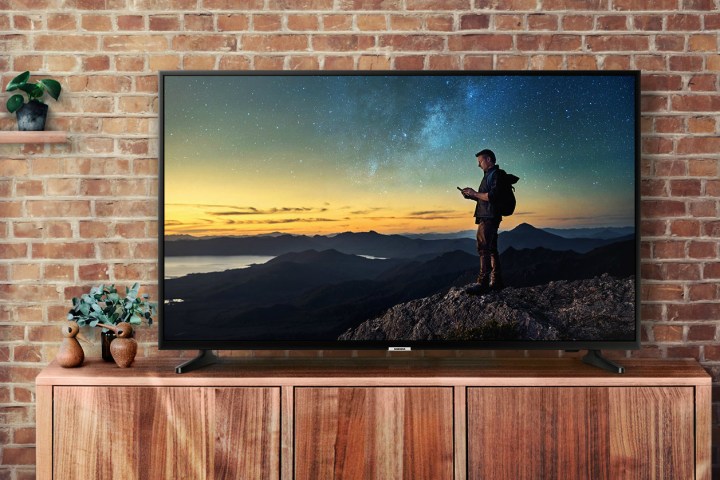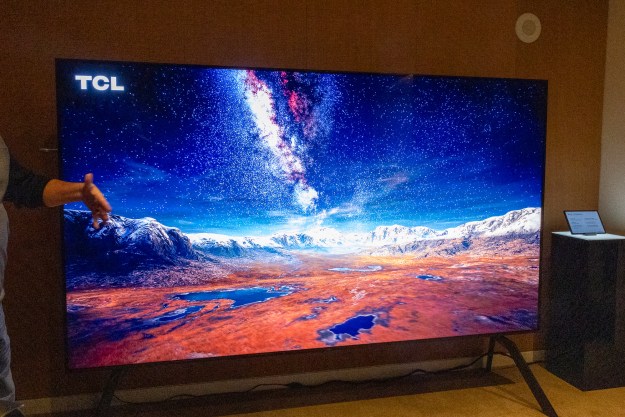
Not all that long ago, a 65-inch 4K TV would have set you back somewhere in the region of $1,500. Fortunately, time has worn down the price of such large, high-resolution televisions. Just look at the Samsung NU6900. Practically a newborn, it has a sticker price of only $798. Better yet, it’s on sale at Walmart right now for just $548 ($54 per month if you opt to split the cost over 12 months) — a total discount of $250.
With a crisp, clear 4K Ultra HD screen, HDR10+ for extracting every last drop of detail from the scene at hand, and Samsung’s Tizen OS smart software for tapping into both live and on-demand content — no streaming stick required — the 65-inch Samsung NU6900 is a must-have for anyone looking for capable
Being a Samsung set, it’s also bound to stand the test of time. We’re looking at a television from a premium brand; one that prides itself on quality and reliability, so it’s not unrealistic to expect it to last for the next decade or so. The same can’t be said for cheaper, seemingly equivalent, models from budget manufacturers like Sceptre. Decide to hold on to it for that long (it’s not as uncommon as you think) and it’ll end up costing you just $54 per year.
You really can’t go wrong with the 65-inch Samsung NU6900. It’s a versatile
However, if you’re after something a bit smaller or larger, there are a number of fantastic 4K TV deals available right now. The highlights include a 50-inch Vizio D-Series for $260, a 55-inch LG 6-Series for $380, a 65-inch LG NanoCell 8-Series for $1,100, and a 70-inch Sony for $1,100. Plus, Best Buy is holding a sale on some of the world’s finest 75-inch high-resolution televisions, so if supersized is your preference, then look no further.
Looking for more fantastic deals? Peruse our deals hub.
Editors' Recommendations
- What we want to see from the next Apple TV 4K
- Samsung’s new 98-inch DU9000 4K TV is just $4,000. Can it beat TCL and Hisense?
- Vizio’s first 86-inch 4K TV is coming soon, for $999
- Hands-on with the Belkin iPhone Mount with MagSafe for Apple TV 4K
- Belkin drops a $50 mount for iPhone video calls on Apple TV 4K




